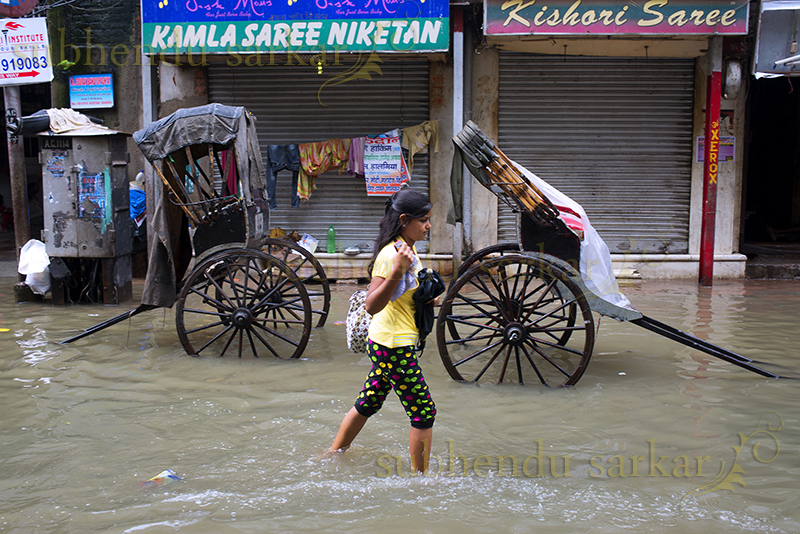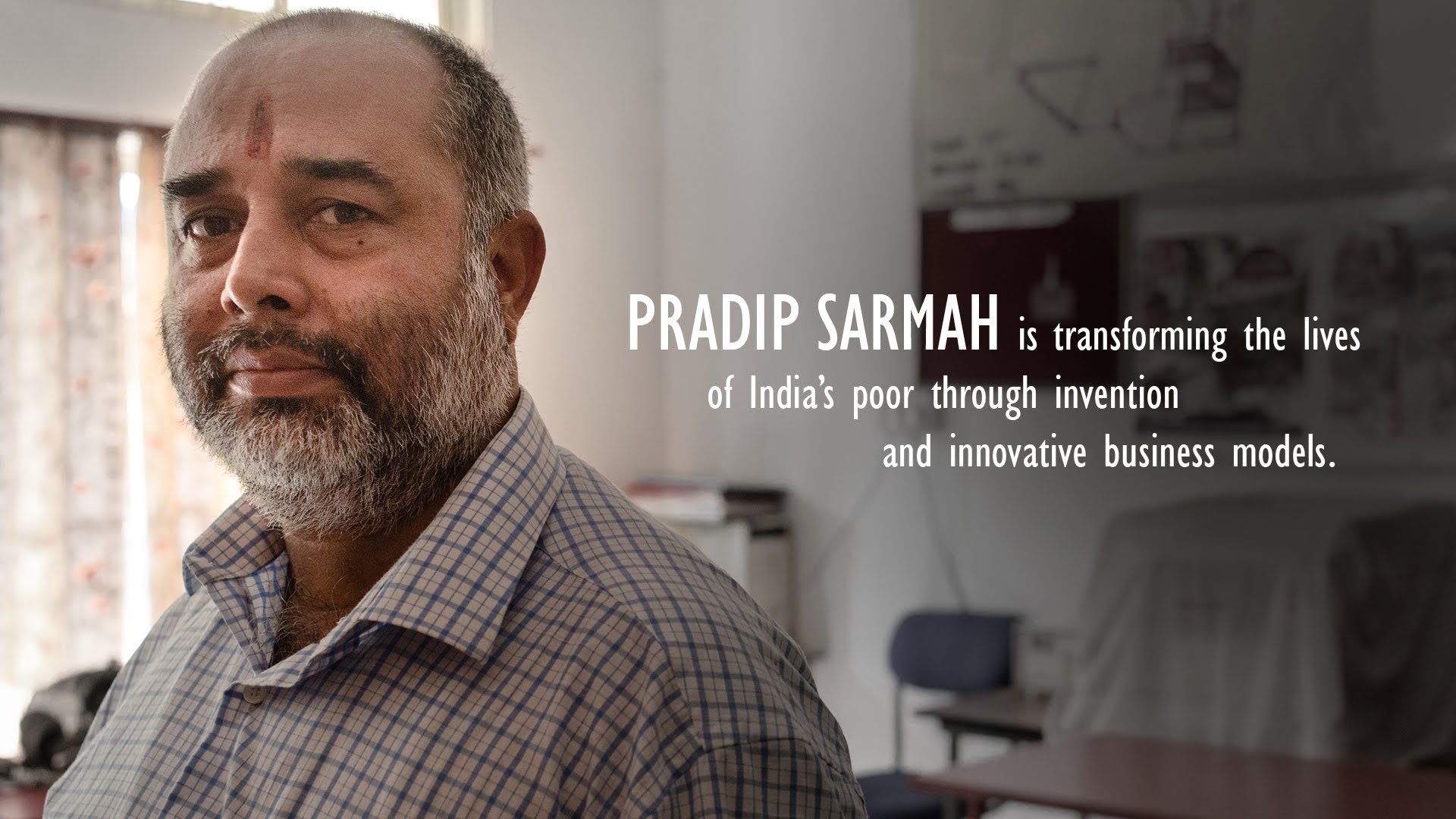Curbing the Threat of Global Warming: Educating India's Population

A recent IPCC report prophesies an increase in global temperatures ranging from .5 to 8.6 degrees Fahrenheit and a sea level rise of 32 inches. In developing nations such as India, warming poses a critical threat to infrastructure and industry. Already, India is at high risk of disaster due to its large population of 1.2 billion. Floods, droughts, and cyclones pose a large threat to India’s citizens and warming will only exacerbate the issue.
Implications
Global warming has the potential to affect major sectors of the Indian economy including transport, food security, and tourism.
1) Transport of goods will be affected as ports, roads, and airports are extremely vulnerable to the effects of climate change. Delhi, one of the three most populated cities in the world is vulnerable to flooding which could cause damage throughout the city. In turn, infrastructure loss would negatively impact the economy by causing disruptions in shipping and trade.
2) Agriculture accounts for approximately 1/5th of India’s GDP and is also essential for the 72% of India’s population that lives in rural areas. According to a UN report, India could lose up to $7 billion of its agricultural worth by the year 2030 if nothing is done to deal with rising temperatures. The unpredictable nature of climate change would leave some parts of India with insufficient water supplies, and others with extreme flooding. Because 63% of crop production in India relies on predictable weather patterns, the consequences could be devastating. Potential impacts include a higher frequency of monsoons and the threat of 63 million people not being able to have sufficient food.
3) Tourism will also suffer as demand begins to shift to cooler, less affected locations of the globe. Of the top 51 countries for tourism, India was ranked as the most vulnerable. As sea levels rise and temperatures continue to skyrocket, the country will begin to lose out to higher altitude destinations.
Current Solutions
In 2009, India launched an initiative on Climate Change and Clean Energy, showing recognition that leadership in climate change resolution would be beneficial. First, India is increasing its cooperation with the United States over clean energy development to help reduce India’s emissions. Second, improvements to technology are being made to maximize efficiency in goods and production. Laws such as the Energy Conservation Building Code and regulations on testing and production of appliances are being implemented. Finally, the government is working with health organizations to come up with public protection from heat related illnesses and deaths. Work is also being done to decrease the vulnerability of rural communities to extreme weather events.
Education
A recent survey shows that only 7% of India’s citizens who participated feel that they know “a lot” about warming. 41% had never even heard about warming before. Many organizations in India are working to alleviate the problem by educating the younger generation. “Planet Under Pressure,” an exhibit created by the Nehru Science Center, tries to present facts in an easily understandable way for younger people. Working in coordination with the National Council of Science Museums, the exhibit focuses on sea level rise, the increase in unusual weather events, and rising temperatures. Using interactive models and multimedia, educators hope to encourage kids to take responsibility for their actions and to make decisions that will help keep our planet from the threat of destruction.
While government actions and measures will continue to be an important part of the fight against warming, it is equally important for people to become aware of the threats of rising temperatures. We should continue to educate people on the science behind warming and the actions we can take in our daily lives to ameliorate the growing problem. As KS Holikar, the general of India’s meteorology department notes,
[Image Attribute: Subhendu Sarkar]It is the children of today who will experience these changes in their lifetime and it is most important to create an understanding among them to take steps, if even small, in the right direction.




